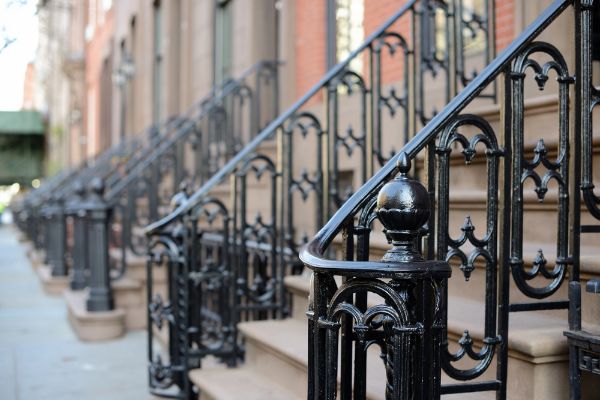While residents of Manhattan are required to pay hundreds of dollars a month for small flats, illegal border crossers in New York City are nevertheless given free rent for thousands of square feet of apartments and hotel rooms.
For instance, a lengthy article in The New York Times on February 25th celebrated the “resettlement” of 170 immigrant families who moved from city-funded hotel rooms to suburban neighborhoods like Central Islip, where they are receiving free rent of up to $2,500 per month.
One illegal immigrant from Venezuela was enthused about the program after moving into a roomy, two-bedroom apartment in the nearby eastern suburb from a Manhattan motel, where she and her kids had just one room, a microwave, a mini-fridge, and a table and chair.
She exclaimed to the newspaper, “To come from where we have come from and to be here.” “This may be a little flat for some, but it’s a magnificent apartment for me.”
According to Martha Maffei, executive director of SEPA Mujer, an NGO collaborating with the government to disperse migrants around the area, they are attempting to cultivate connections with landowners. However, he continued, “It’s challenging because of how costly it is.”
Many landlords fear that when government subsidies expire, they may be forced to house impoverished illegal immigrants.
In the Big Apple, true American people likewise struggle with expenses.
Certain New Yorkers are required to pay more than a thousand dollars per month for an “apartment” that is nothing more than a bedroom, lacks a kitchen, and requires occupants to use a shared restroom several yards down the hall, while illegal immigrants are receiving free rent worth thousands of dollars.
While the above tiny room, which rents for $1,200 a month, may not be typical, similarly sized apartments are going for as much as $4,000 per month for claustrophobic living with tiny bathrooms, a kitchen that’s nothing more than a breakfast nook, and a tight hallway linking them.
State and local governments have reportedly lost out on Joe Biden’s immigration problem, regardless of the scheme. While federal agencies spend billions providing free food, clothing, housing, and education to undocumented immigrants, towns and states bear the brunt of the consequences.
According to a newly released analysis by the Department of Health and Human Services (HHS), in the 15 years before 2020, the 2.9 million refugees and asylum seekers who called the United States home generated an 8.7% profit for the federal government, or $37.5 billion.
The same analysis did, however, also show that the taxpayers who support state and local governments suffered a $21.4 billion loss attributable to the migrants, or 7.3 percent.
Comparing the $739 billion in taxes paid by immigrants and their families to the $723.4 billion in government assistance, HHS arrived at the expenses.
However, even this alleged 2.1% profit margin was computed without factoring in several expenses related to government assistance to immigrants, including the costs of Medicare and Social Security as well as the costs of the welfare programs in which the majority of migrants ultimately join.





Comments are closed.